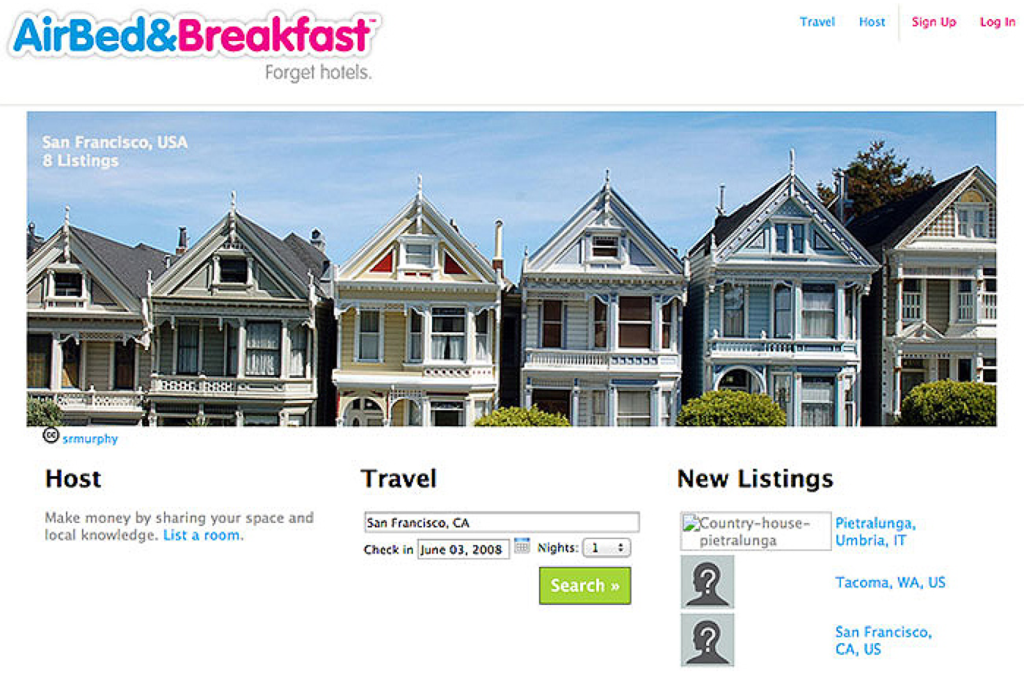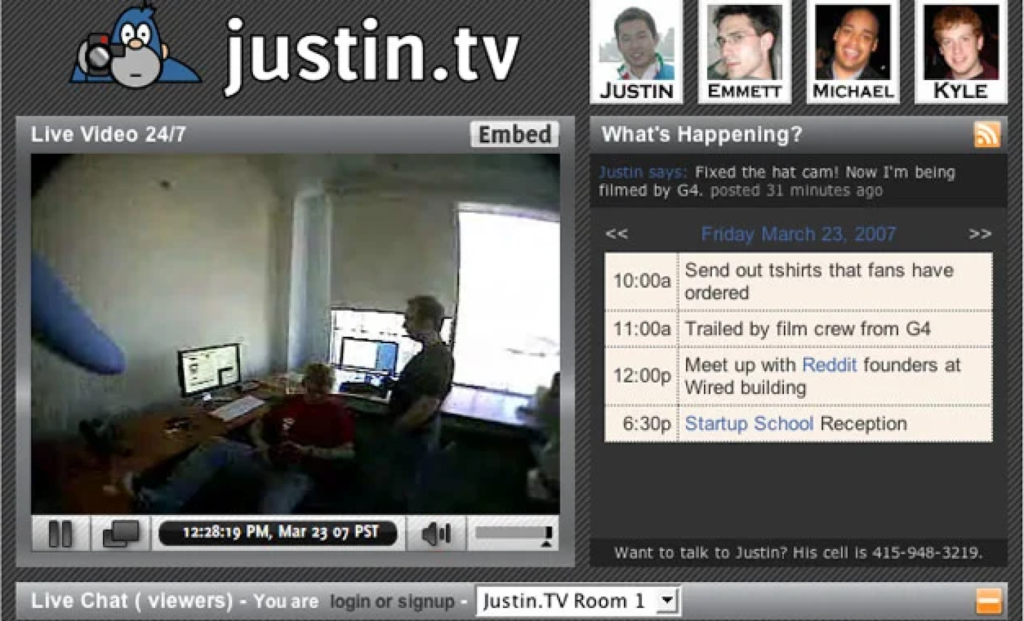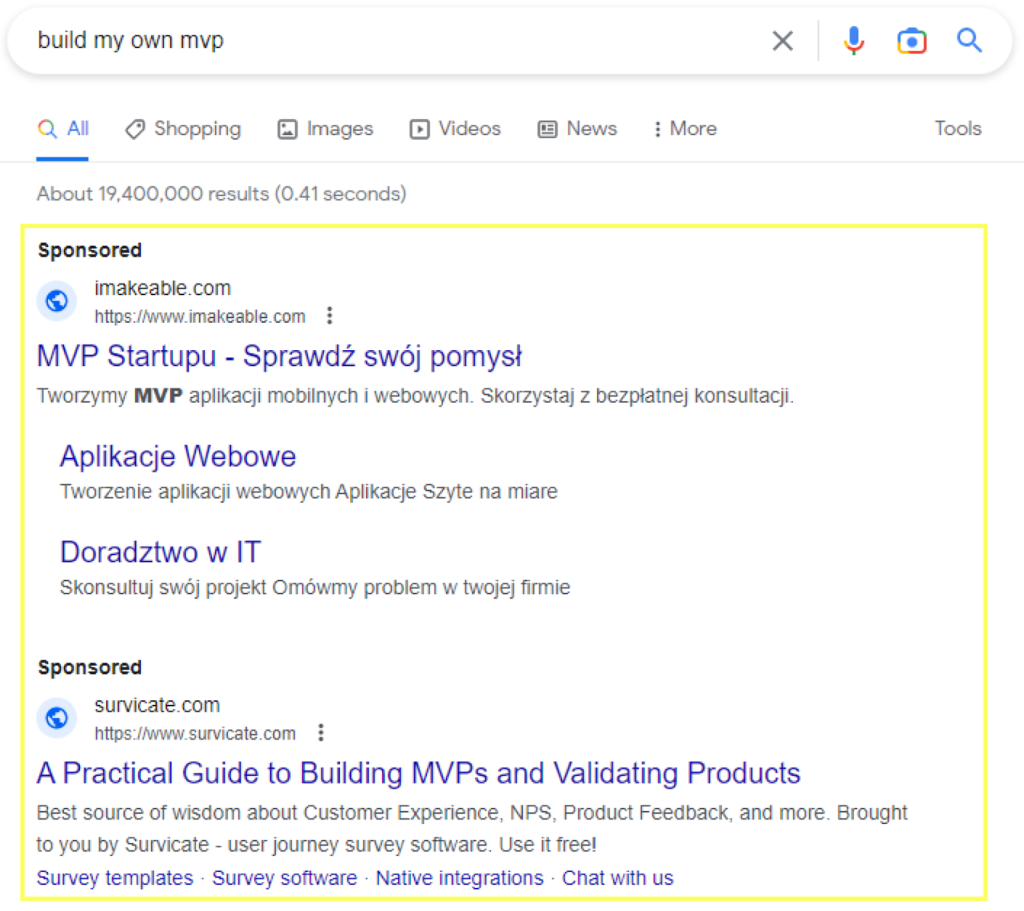Blog

Ideas must be rigorously tested and validated; that’s where the concept of building an MVP for Startups comes into play.
Like the three little piggies facing their challenges, envision your MVP iterations as their houses, your team as the dedicated piggies, and the discerning users as the wolf.

An MVP isn’t your endgame; it’s the crucial product build stage allowing for flexibility— a playground for feedback, enhancements, and pinpointing your selling points. This process repeats until you nail that product-market fit.
Consider this article your go-to Minimum Viable Product Guide, transforming your startup from a mere idea to a thriving MVP.
What is an MVP?
An MVP for Startups is basically the first version of your product designed to test its value proposition with your early users—your superheroes. Embrace them tightly as you embark on this journey! For inspiration, let’s dive into how giants like Uber, AirBnB, and Twitch pioneered their paths with their initial MVPs.
Uber
In its nascent stage, Uber’s founders manually dispatched taxis via an SMS-based app—a classic case of building an MVP from the ground up.

Quite pixely photo, pretty old one
AirBnB
Known initially as AirBed&Breakfast, it addressed a niche problem for design conference attendees in San Francisco. This solution, where locals list apartments without a direct payment system, illustrates the essence of validating your MVP through real-world needs.

Twitch
Starting as Justin TV, it was merely a continuous stream from one of the founders, testing the waters to see if people enjoyed viewing others’ daily lives. And indeed, they did!

These examples underline the MVP Development Process:
- Quick launches are paramount. It’s okay to start with something less than perfect—Lean Startup MVP principles.
- Early customer acquisition is crucial. Entice anyone to try your product.
- Cherish Feedback Loop in MVP Creation. Your initial users’ insights are gold; experiment boldly with their suggestions.
- Embrace iteration. Continuously refining your product based on user feedback is a cornerstone of MVP Success Strategies.
Remember, the aim isn’t to debut with a flawless, high-budget product but to learn, adapt, and find that product-market fit through iterative.
Keys to MVP success
- Gain insight into the product’s worth and value, encourage customer payment early on
- Have a deep understanding of the industry and market which your project represents
- Have a passion towards the problem and solution (don’t do it just for the money)
- Figure out your riskiest assumption and the LEAST you can do to test it
- Don’t be ashamed of shipping something which looks bad
- Have a strong vision and mission to attract a great team
- Have strong selling skills and a relentless work ethic
- Uncover a gap with an addressable pain point
- Be comfortable with risk and able to adapt
- Have easy access to the target audience
- Have a co-founder (business, technical)
- Have an obsession with the problem
Creating your MVP
Define the problem
Understanding the problem you’re tackling is crucial for MVP for Startups. Documenting this problem ensures clarity as your perception might evolve. This step lays the foundation for developing a hypothesis central to the MVP Development Process.
Identify your target market
Effectively reaching your audience starts by pinpointing your target users. Engage directly to grasp their needs and challenges—this direct interaction is a cornerstone of Building an MVP.
Utilize tools like surveys and interviews to dive deep into your market, applying a Lean Startup MVP approach by prioritizing relevant data and trends analysis.
Develop User Personas
Detailed buyer personas offer insights into your ideal customer’s profile, tailoring your MVP Design and Testing to meet real user expectations. This strategy is integral to Validating Your MVP and ensuring your solution aligns with market needs.
This revised content seamlessly integrates the keywords, enhancing its alignment with strategies like Feedback Loop in MVP Creation and serving as a practical Minimum Viable Product Guide
Talk to your customers – gain feedback, it’s very crucial.
Don’t sell! Stop.
Focus on understanding, not selling. Use customer interviews as a tool to delve into their real-world problems, bypassing hypotheticals and potential features. This direct feedback is invaluable for the Feedback Loop in MVP Creation, offering deep insights critical for MVP.
5 great questions to ask:
- Describe the most challenging part about [insert the problem]?
- Can you describe the most recent time you faced [insert the problem]?
- Why was this particular [insert the problem] difficult for you to overcome?
- What steps have you taken so far to try to solve [insert the problem]?
- What do the currently available solutions lack?
Try the 5 “whys” technique
The concept is straightforward: when someone shares a problem with you, you begin by asking „why?” and continue to do so until you reach the underlying cause or core issue.
This involves persistent questioning that digs deeper into the problem at hand. By continually asking „why?”, you can uncover the root cause of the individual’s struggle or challenge, providing valuable insights that can inform problem-solving efforts.
Listen, listen and again – listen! Active listening is harder than speaking, practice and master it!
“Contrary to popular opinion, listening is not a passive activity. It is the most active thing you can do.”
-Chriss Voss. Never split the difference
When to talk to customers
There are three key opportunities to engage with your customers.
- At the ideation stage, seeking feedback from individuals who can provide you with insights is essential. This may include yourself, your family, friends, co-workers etc.
- During the prototyping stage, it’s crucial to speak with the right customers, focusing on key questions such as the cost of the problem, its frequency, and its impact. These insights can inform product development and ensure you’re creating a solution that addresses your target market’s needs.
- As you move towards launch, the focus should be on iterating and refining your product to achieve product-market fit.
By engaging with your customers at each stage, you can create a solution that meets their needs and is optimized for success.
Validating your MVP
For validating Your MVP, focus on establishing concise Key Performance Indicators (KPIs) that reflect your product’s performance and areas for improvement. Select a manageable number of KPIs, ideally one to three, to concentrate on the most critical aspects of your MVP’s success and development needs. This streamlined approach ensures you can effectively measure progress and make data-driven decisions to enhance your MVP.
Track KPIs across:
- Interviews with customers
- Landing pages and prototypes
- A/B testing
- Insights from social media surveys
- Pre-selling (i.e. Kickstarter)
- Analyze competitor products
- Crowdfunding
- Promotions – run advertising campaigns
- Promotions – email campaigns
- Promotions – explainer videos
- Promotions – blogs
KPI examples:
- The number of sign-ups.
- The number of pre-orders.
- The average revenue per user.
- The number of blog users.
- Positive feedback from consumer interviews.
- The amount generated in crowdfunding.
- The cost to acquire a customer.
- Market share.
Types of MVPs
Imagine a spectrum where on one end, you have MVPs that have no product and are only selling the idea, and on the other side of the spectrum, there are MVPs that are huge projects, typically for enterprises.
There are certain industries where a „heavy MVP” approach may be necessary. However, if yours isn’t the case, several options are available.
- Smoke tests: Google AdWord campaigns with a simple landing page to see if there’s traffic.

- Crowdfunding campaigns: build on the funds raised
- Manual service delivery: get in the trenches and carry out the service manually
- The Wizard of Oz: fake automatic features to test a product hypothesis
- Single-feature product
Prioritizing MVP Features
When prioritizing MVP features, there are several methods you can use. One of the most popular ones is the RICE method, which prioritizes features based on their reach, impact, confidence, and ease of implementation.
Other methods include the Lean Canvas, the MoSCoW, the Kano, the Eisenhower methods, and the Proto principle – check them out online.
However, as a founder, prioritizing MVP features based on what your users are willing to pay for immediately should be the ultimate focus. Set all other features aside for the roadmap, for future development.
Building your MVP
Outline how you will create your product: the required features, technologies, and resources. There are four primary approaches to building an MVP.
- Use a ready-made solution that is pre-built and low-cost but not flexible.
- Use open-source solutions, which are cost-effective but require development resources (for example, hiring us).
- Custom development – this is expensive and time-consuming, making it less suitable for an MVP (for example, hiring us).
- A hybrid approach combining custom and off-the-shelf solutions.
When working with a development partner, transparency and frequent status meetings are crucial, as is matching your budget for building the MVP for its maintenance and marketing.
Read more about communicaton in tech outsource here
Don’t spend too much time on the MVP, as it’s likely to change, and make sure you plan your budget carefully to include both building and marketing expenses. Remember, your hay or wooden creation can always be blown away by the wolf!
What to test when building an MVP
The main goal is to gather feedback and measure interest in your product before investing more. As mentioned, this is a rinse-and-repeat process, and there are several things that you should validate, such as:
- The problem and value proposition. How does your solution solve the problem?
- Monetization. How well does your product address the pain points of your target audience and its monetization potential? Is it enough for users to pay?
- Functionality and performance.
- User interface and experience (UI/UX). Get users to perform specific tasks and identify any issues.
- User behavior analytics software to track user activities and determine areas for improvement, such as Google Analytics, Mixpanel, Amplitude.
- Security, data protection, and scalability might also be essential factors to consider, depending on your industry.
Launch; get users; talk with them; iterate, iterate, iterate
To launch and iterate on your MVP, preparing by testing and creating a launch plan with the necessary analytics and feedback tools is vital. When launching, it’s always recommended to release to a small group of users (your superheroes) and gather feedback through surveys, user behavior tracking etc. (more in previous paragraph).
Analyze and categorize the feedback to identify common themes and set priorities on what to focus on next using methods mentioned before, like RICE.
Iterate on the value proposition and user flow, and test new versions of the MVP through A/B testing to see which changes have the most significant impact on success.
Rinse & repeat the process of gathering feedback and fixing issues until you create enough value for your desired product-market fit.
When have you reached product-market fit?
Quite simply, the easiest way to know if you’ve reached product-market fit is:
when the product is effortlessly being pulled out of you, and you no longer need to do any more of the pushing.
Why? Because it’s marketing, pushing, and promoting itself.
Frequently ask your initial users how they would feel if they could no longer use your product. If more than 40% reply that they would be very disappointed, then you’ve reached product-market fit!
Conclusion
Maintaining a lean approach and swift execution is crucial in MVP for Startups. The essence of Building an MVP lies in its capacity to streamline the development journey, focusing on core functionalities that yield valuable insights. Tailoring your MVP to meet specific objectives, whether to secure funding or validate market fit, underscores the necessity of a Feedback Loop in MVP Creation. Flexibility to pivot and the prioritization of essential features over extras are key. Ultimately, the goal is to address customer needs effectively, with the understanding that the MVP will evolve.
Get latest insights, ideas and inspiration
Take your app development and management further with Codigee
Let's make something together.
At Codigee, we value transparency, efficiency, and simplicity. No overengineering. No wasted time.
Just straight-up execution.
We are obsessed.
Every billion-dollar company started with one decision, one step, one iteration. The key? Taking action and executing fast.
